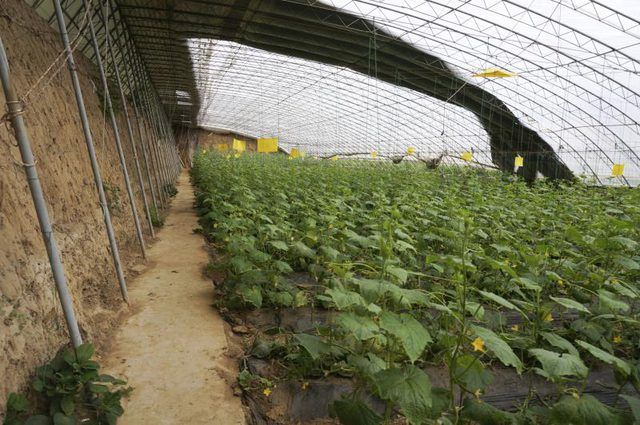Bulbs
Flower Basics
Flower Beds & Specialty Gardens
Flower Garden
Garden Furniture
Garden Gnomes
Garden Seeds
Garden Sheds
Garden Statues
Garden Tools & Supplies
Gardening Basics
Green & Organic
Groundcovers & Vines
Growing Annuals
Growing Basil
Growing Beans
Growing Berries
Growing Blueberries
Growing Cactus
Growing Corn
Growing Cotton
Growing Edibles
Growing Flowers
Growing Garlic
Growing Grapes
Growing Grass
Growing Herbs
Growing Jasmine
Growing Mint
Growing Mushrooms
Orchids
Growing Peanuts
Growing Perennials
Growing Plants
Growing Rosemary
Growing Roses
Growing Strawberries
Growing Sunflowers
Growing Thyme
Growing Tomatoes
Growing Tulips
Growing Vegetables
Herb Basics
Herb Garden
Indoor Growing
Landscaping Basics
Landscaping Patios
Landscaping Plants
Landscaping Shrubs
Landscaping Trees
Landscaping Walks & Pathways
Lawn Basics
Lawn Maintenance
Lawn Mowers
Lawn Ornaments
Lawn Planting
Lawn Tools
Outdoor Growing
Overall Landscape Planning
Pests, Weeds & Problems
Plant Basics
Rock Garden
Rose Garden
Shrubs
Soil
Specialty Gardens
Trees
Vegetable Garden
Yard Maintenance
What Shade Cloth Density Allows Vegetables to Grow?
What Shade Cloth Density Allows Vegetables to Grow?. Shade cloth, a knitted polyethylene fabric, blocks the sun’s radiation on crops grown in open fields, greenhouses and high tunnels. Purchased in densities that correlate to the percentage of light blocked by the cloth, shade cloth most often used for vegetables ranges from 20 percent to 40...

Shade cloth, a knitted polyethylene fabric, blocks the sunís radiation on crops grown in open fields, greenhouses and high tunnels. Purchased in densities that correlate to the percentage of light blocked by the cloth, shade cloth most often used for vegetables ranges from 20 percent to 40 percent, with 30 percent the most common. The shade cloth density that best allows vegetables to grow, however, depends on the climate, the season and the vegetable crops that are being grown.
Shade Cloth Advantages
Shade cloth protects vegetables grown in greenhouses and fields from summer heat buildup and lowers air temperature around the plant. Depending on the density of the cloth, the fabric can lower air temperatures by as much as 10 degrees Fahrenheit. When used on high tunnels and enclosed greenhouses, it also has the ability to help retain heat at night. Shade cloth is permeable, allowing rainfall to irrigate field-grown crops.
Adjusting Shade for Seasons
Greenhouse gardeners with cool springs may not need to employ shade cloth until late in the spring or early summer, and it may not be necessary until the heat of midsummer for field growing. In warmer climates where heat buildup under high tunnels and greenhouses begins earlier in the season, shade cloth used over tomatoes (Solanum lycopersicum) and peppers (Capsicum annuum) will begin earlier. For example, in Florida, growers may use 20 percent shade cloth in March and April, switching to 30 percent shade cloth in May and June. During midsummer, even heavier shade cloth may be required. The shade cloth is typically removed in October and November as seasonal temperatures drop.
Adjusting Shade by Crops
Commercial vegetable growers employ shade cloth to help them increase production, as can home gardeners. Tomatoes and peppers will stop growing at temperatures of 95 degrees Fahrenheit and fail to set fruit. For pepper and tomato production in hot summer areas, 30 percent shade cloth is recommended. Likewise, high temperatures can keep cool-season crops like lettuce (Lactuca sativa) and spinach (Spinacia oleracea) from growing properly. For cool-season crops, 30 percent shade cloth is used in cool-summer climates and 47 percent in hot-summer climates.
Shade Cloth Installation
Shade cloth is typically installed on the outside of high tunnels and greenhouses, and over simple post and wire frames on outdoor-grown vegetables. Attach cord or rope to the grommets on the cloth and secured the rope to the outside of the tunnel or greenhouse frames or to the framing for field-grown crops. The cloth can be rolled up on cloudy days when it is not needed and removed at the end of the season for storage.